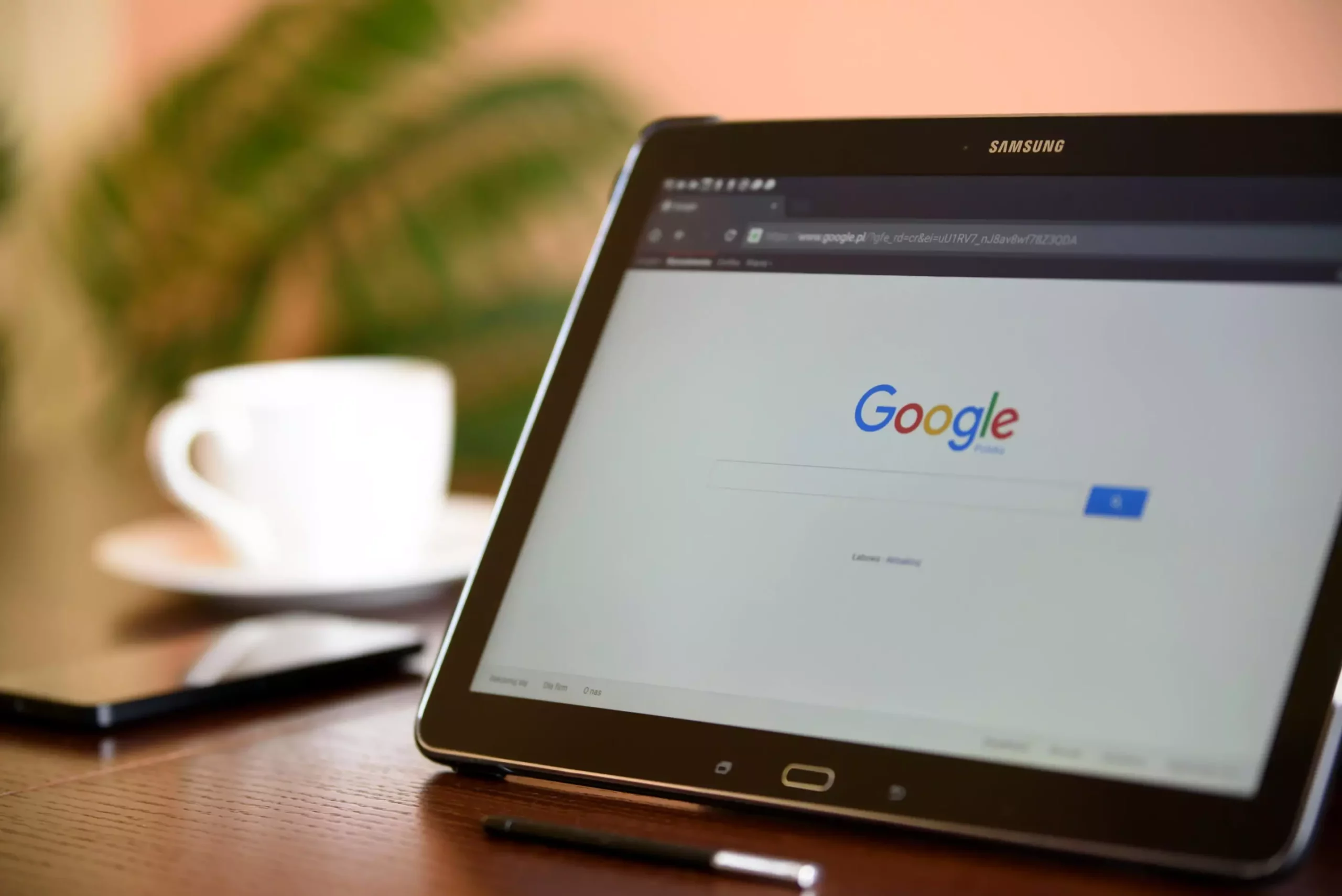The ongoing antitrust trial against Google has ignited a significant conversation regarding competition in the online advertising market. Central to this legal drama is the assertion by the Department of Justice (DOJ) and a coalition of states that Google has leveraged its resources to create and maintain an illegal monopoly over online advertising technologies. However, Google’s defense emphasizes the intricacies and competitive nature of the industry, suggesting that the government’s viewpoint oversimplifies a much more nuanced ecosystem.
In a rapidly evolving digital landscape, Scott Sheffer, a vice president for global partnerships at Google, testified that the online advertising industry is not only complex but has transformed significantly over the last two decades. He argued that the DOJ’s characterization of Google’s market dominance fails to recognize emerging competitors and innovative platforms such as social media, Amazon, and streaming services that also vie for advertisers’ attention. This depiction raises critical questions about market definition—should it really be confined to a narrow segment of online advertising, or does it encompass a broader array of digital marketing avenues?
The government has centralized its case around Google’s control over specific types of advertisements, particularly the rectangular display ads prominently positioned on webpages. Google’s assertive argument posits that while they may hold a substantial market share in certain segments, overlooking the multitude of ways advertisers can reach audiences—including sponsored content, social media ads, and video placements—offers a skewed understanding of competition in the sector.
During the course of the trial, one of the focal points has been the role of automated ad exchanges that operate in milliseconds, determining which ads should be shown to consumers and at what price. The DOJ contends that these real-time auctions are intricate processes manipulated to favor Google disproportionately, which not only affects competitors but also impacts the financial outcomes for publishers. According to the DOJ’s narrative, Google’s ad technology enables the company to retain a striking 36% of revenue on each ad sale, leading to billions in profits that could be distributed more equitably within the advertising ecosystem.
Witnesses from various media companies—such as Gannett and News Corp—have corroborated claims of Google’s dominance, noting how pivotal Google’s technology has become for both publishers aiming to sell ad space and advertisers eager to connect with the audience. The interdependency created through Google’s ecosystem could potentially stifle competition, leaving publishers with few alternatives if they aspire to access a broad advertiser base efficiently.
In anticipation of potential remedies for what the DOJ argues is anti-competitive behavior, the government’s complaint suggests that divesting a segment of Google’s business dedicated to serving publishers could be a necessary step to restore fair competition. This idea of breaking up monopolistic structures is not entirely new in antitrust discussions, but its implications are profound given the scale of Google’s operations. Historically, cases aimed at dismantling market dominance have shaped entire industries, and the outcome of this trial could set significant precedents for tech regulation.
The recent developments also factor into a larger narrative where the judiciary evaluates Google’s practices against evolving technology and market dynamics. For example, an unrelated ruling in the District of Columbia deemed Google’s search engine an illegal monopoly, illustrating the potential for judicial interpretations to influence regulatory outcomes in technology.
As Google’s legal challenges intensify within the U.S., the company faces scrutiny worldwide from various regulatory bodies also investigating its business practices. The recent decision by a European Union court to overturn a substantial antitrust fine represents a small reprieve for Google amid broader allegations of systemically anti-competitive behavior. Yet, the market adaptability exhibited by tech companies like Google emphasizes the ongoing challenge for regulators to keep pace with changing technologies while ensuring fair competition.
As the trial unfolds, both sides will likely continue to dissect the complexities surrounding digital advertising, monopolistic practices, and the definition of market competition. Ultimately, this case transcends Google’s operation; it influences how industries worldwide might grapple with issues of dominance and competition in an increasingly digital economy. The significance of this trial may redefine the parameters of competition in technology and set a new standard for regulatory approaches to antitrust actions in the future.


Leave a Reply